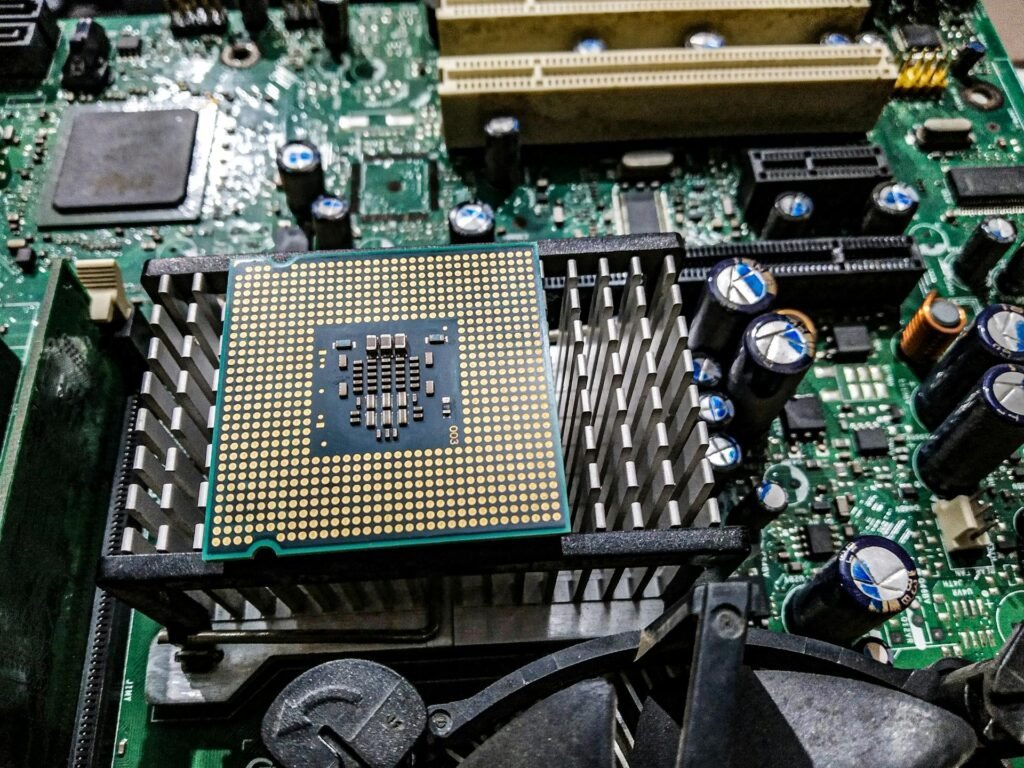The semiconductor industry is characterized by rapid innovation and stringent quality control requirements. As the complexity and miniaturization of semiconductor devices increase, the need for precise and reliable inspection equipment becomes paramount. Selecting the right inspection equipment is crucial for ensuring product quality, enhancing yield, and maintaining competitiveness. Here’s a comprehensive guide on how to select inspection equipment for semiconductor manufacturing.
1. Understand Your Inspection Requirements
Before selecting inspection equipment, it’s essential to understand the specific requirements of your semiconductor manufacturing process. Consider the following factors:
- Type of Defects: Identify the types of defects you need to detect, such as particle contamination, pattern defects, or electrical failures.
- Inspection Stages: Determine the stages of the manufacturing process where inspection is critical (e.g., after photolithography, etching, or deposition).
- Resolution and Sensitivity: Define the resolution and sensitivity needed to detect the smallest defects relevant to your process.
2. Types of Inspection Equipment
There are various types of inspection equipment used in semiconductor manufacturing, each serving different purposes. Here are the primary categories:
Optical Inspection Systems:
- Brightfield Inspection: Uses standard white light to detect defects on the wafer surface. Ideal for finding large defects and particles.
- Darkfield Inspection: Utilizes angled lighting to detect smaller defects and particles that might be missed by brightfield inspection.
- Confocal Microscopy: Provides high-resolution, three-dimensional imaging, allowing for detailed inspection of surface topography and defects.
Electron Microscopy:
- Scanning Electron Microscopy (SEM): Offers high-resolution imaging at the nanoscale level, essential for detailed defect analysis and characterization.
- Transmission Electron Microscopy (TEM): Provides atomic-level imaging and is used for in-depth analysis of material composition and structure.
X-Ray Inspection:
- X-Ray Diffraction (XRD): Analyses crystal structure and material composition.
- X-Ray Photoelectron Spectroscopy (XPS): Provides surface chemical analysis and composition.
Atomic Force Microscopy (AFM):
- Offers high-resolution surface profiling and defect detection at the atomic scale.
3. Evaluate Equipment Performance
When selecting inspection equipment, evaluating its performance against your requirements is crucial. Consider the following performance metrics:
- Resolution: The ability to detect small defects.
- Throughput: The speed at which the equipment can inspect wafers, impacting overall production efficiency.
- Accuracy and Repeatability: Ensuring consistent and precise defect detection and measurement.
- Detection Sensitivity: The ability to identify various defect types and sizes.
4. Consider Integration and Compatibility
Ensure that the inspection equipment integrates seamlessly with your existing manufacturing processes and systems. Consider the following aspects:
- Software Compatibility: The inspection equipment’s software should be compatible with your data analysis and manufacturing execution systems (MES).
- Automation Capabilities: Look for equipment that supports automation to reduce manual intervention and improve inspection efficiency.
- Footprint and Ergonomics: The equipment should fit within your cleanroom environment and be user-friendly for operators.
5. Assess Vendor Support and Services
The vendor’s support and services are critical to the successful implementation and operation of inspection equipment. Evaluate vendors based on:
- Technical Support: Availability of technical support and expertise to assist with installation, calibration, and troubleshooting.
- Training: Provision of comprehensive training programs for your staff.
- Maintenance Services: Regular maintenance and calibration services to ensure optimal performance and longevity of the equipment.
- Warranty and Service Contracts: Warranty terms and the availability of extended service contracts.
6. Cost Considerations
While cost is an important factor, it should not be the sole determinant in your decision. Consider the total cost of ownership (TCO), which includes:
- Initial Purchase Price: The upfront cost of the equipment.
- Operational Costs: Maintenance, calibration, and consumables.
- Downtime Costs: Potential production losses due to equipment downtime or inefficiencies.
Selecting the right inspection equipment for semiconductor manufacturing is a complex but critical decision that impacts product quality, yield, and overall competitiveness. By thoroughly understanding your inspection requirements, evaluating equipment performance, ensuring compatibility, assessing vendor support, and considering costs, you can make an informed choice that meets your specific needs. As semiconductor technology continues to evolve, staying updated with the latest inspection technologies and best practices will be essential for maintaining a competitive edge in the industry.
